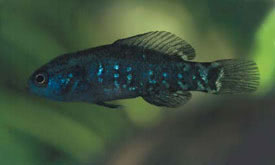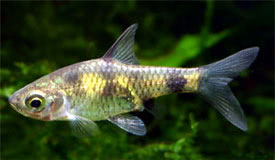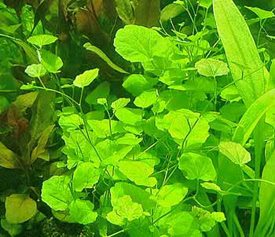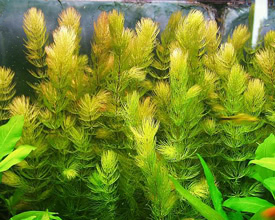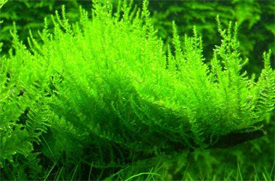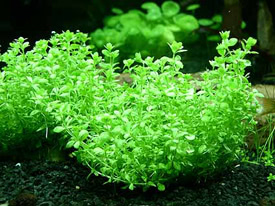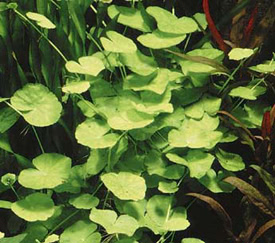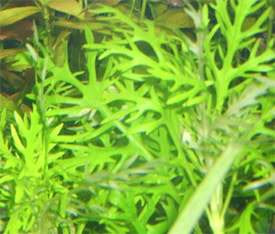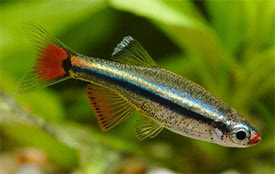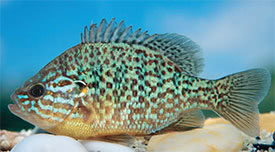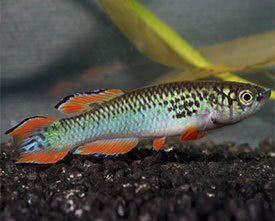
 Magyarul / Hungarian
Magyarul / Hungarian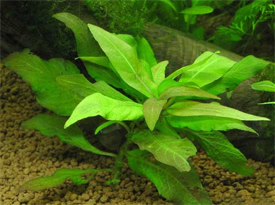
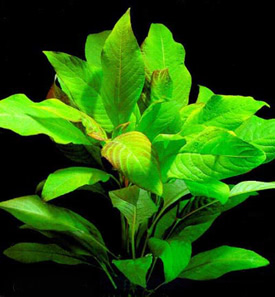
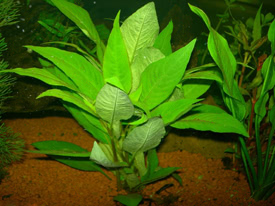
- Scientific name: Hygrophila corymbosa
- Synonym: Justicia stricta; Nomaphila stricta.
- Common name: Giant hygrophila
- Family: Acanthaceae
- Group: Aquarium plants
- Max height: 60 cm
- Distribution: Asia; India, Malaysia, Indonesia
- Habitat: Marshy locations
- Substrate: Gravel or washed sand
- Placement in aquarium: Background and middleground, can be grouped, but allow at least 5-6 cm between shoots, ideal for the edges and corners of the aquarium.
- Planting density: 5-6 plants for 20 cm2
- Lighting needs: Moderate to bright
- Temperature: 20-28°C
- pH: 6,5-7,5
- Hardness: 3-14 NK°
Description: All growth forms of Hygrophila corymbosa are very recommendable and fast-growing stem plants. Basically, their light requirements are only moderate, but the shoots will become stronger and more thickset if the plant is illuminated intensely. The reddish color forms especially will develop their beauty only if they are located at a light and free-standing place. Gravel or washed sand are sufficient as substrate, but the shoots will grow stronger in a nutrient-rich substrate or by using relevant fertilizer additives. Giant hygrophila prospers excellently in medium-hard to hard, slightly alkaline water. This Hygrophila appears best in small, terraced group in the middle to back section of the aquarium. In the course of time lateral shoots will develop under good conditions, which provide the plant group with a bush-like appearance. These lateral shoots can be cut off at a size of about 10 cm. Hygrophila corymbosa is usually available from emersed cultivation and will, in most cases, lose the emersed leaves during transfer into the aquarium. A marsh cultivation, as well as maintenance in moist substrates on window ledges or in hydro containers, is simple and the plants will continue to grow well under water, will soon form new leaves and will flower easily. If the leaves begin to yellow, add more iron or CO2. Can be kept in cooler water.






